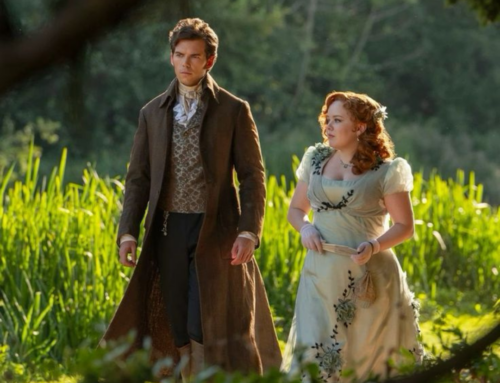The challenge to remain relevant

By Laura Hayes, MMK Student
 A series of recent events, aptly entitled the ‘Swap Shop’ series, gave my fellow MSc in Marketing and Creativity students and I a chance to hear our colleagues discuss their previous work experience. These events (of which this was the second) have made for a thoroughly engaging six hours in total.
A series of recent events, aptly entitled the ‘Swap Shop’ series, gave my fellow MSc in Marketing and Creativity students and I a chance to hear our colleagues discuss their previous work experience. These events (of which this was the second) have made for a thoroughly engaging six hours in total.
Four classmates discussed their wonderfully diverse experience, skill sets and prior roles in the most recent Swap Shop. One classmate had spent time on an intricate part of the marketing strategy for a bullet-proof fashion label in Colombia, and shared a fascinating overview of his work. It was interesting to see how this company continuously responded to its market and customer base. The company didn’t reinvent the wheel, but came to an existing market with an innovative attitude and a fast response to consumer need as its competitive advantage.
From another student we heard about a different kind of marketing: the marketing strategy for developing a shopping mall, including positioning and competitive advantage. We were offered an insight into strategies for such projects and the challenges in performing client management efficiently, as well as real examples of challenges faced by the development company through its dealings with various marketing and market research agencies.
Another colleague brought to our attention a marketing agency’s chocolate bar campaign and branding strategy. This genius campaign was a lesson in reverse psychology marketing and the power of packaging, as well as an insight into the challenge marketers frequently face following successful campaigns: how to keep the momentum going.
The challenge of remaining relevant was a common theme throughout these presentations. Another presenter had worked at a leading French luxury Brand as part of the Public Relations team, and what I found most compelling in this case was the fact that, despite being a company with a rich heritage, it has constantly innovated its brand and image. Some examples included press events and creative moves, to create unique and sustainable products such as jewelry, key rings and even clocks.
This concept actually went down the ‘re-creation’ path and is certainly creativity at its finest. The brand is as creative – if not more so – than some of the more fashion-forward luxury labels with which it competes. It has succeeded where other heritage labels have fallen by the wayside – they have, as an MSc in Marketing and Creativity student would define it, rethought the rules of the game. It has consistently adapted to the times.
Through these Swap Shop events (created by the Programme’s two directors Marie Taillard and Peter Stephenson-Wright), the class gained invaluable industry knowledge and discovered practical examples of the incredible industry-wide need for creativity in marketing, as well as its vital position at the centre of both large and small businesses.
Useful links:
MSc in Marketing & Creativity
Creative London Summer Course





